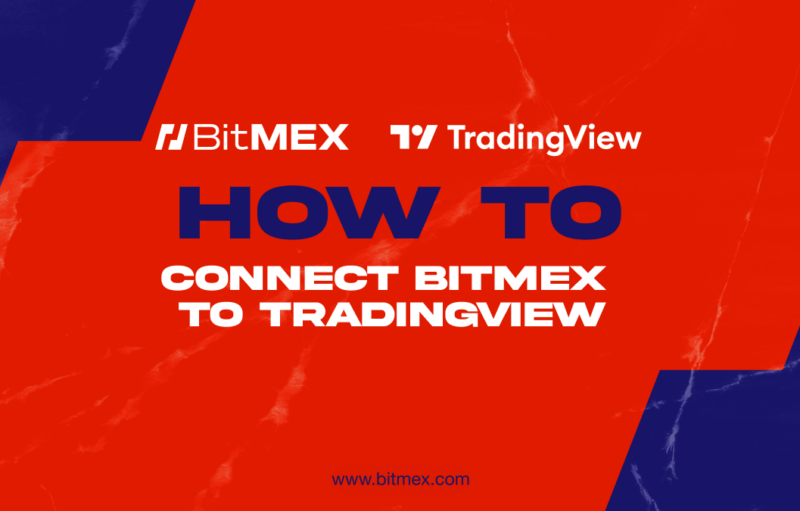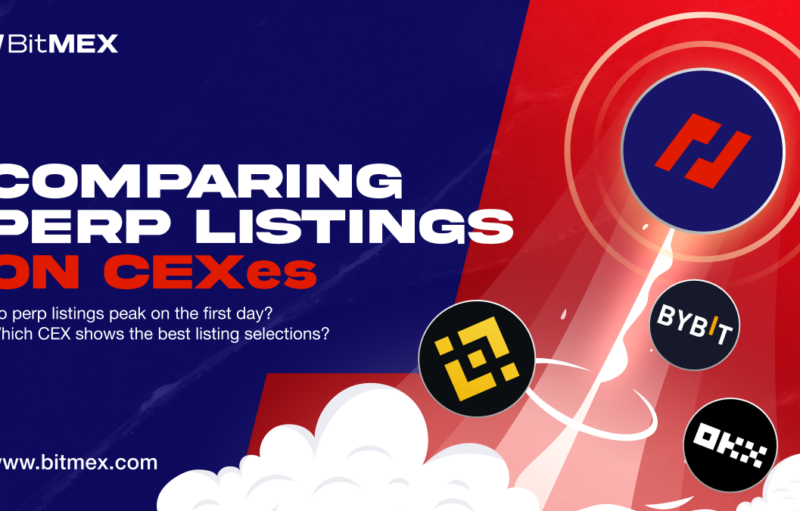
A message from Alexander Höptner, CEO of BitMEX
Reader beware: the following piece contains unpopular opinions, but it will make you think.
It’s such an interesting time to be in the crypto world. It’s a true meritocracy – the market identifies the most effective technology, the most creative applications, and the best ideas.
Zoom out, and there’s also a ‘battle of ideologies’ happening on a more macro level. Amid the constant hum of new regulation, product innovation, and the merging of crypto and popular culture (NFTs, anyone?), there’s a raging debate about the risks inherent to crypto markets, and what should be done about them.
The truth is that this is the first time in history when so many people all over the world are grappling with the fundamental differences between traditional markets and crypto markets. And, as anyone who has jumped into the crypto universe knows, there’s a learning curve.
So I thought it appropriate to share my perspective on one hot topic that’s at the centre of the ideological tussle – leverage.
The simple truth is this – leverage is useful for a range of trading strategies, both in the traditional markets and in the crypto markets. But there’s a key improvement in crypto markets that takes away significant downside to the trader – the nonexistence of near unlimited liability. This structural improvement is often ignored by critics, yet is the key to understanding how our markets differ. So let’s shake off our biases and talk about it.
Let’s talk about leverage
In the relatively short history of crypto derivatives, leverage has been celebrated and criticised in equal measures, and gravely misunderstood.
In crypto markets, using leverage allows a trader to magnify the effective size of their position by multiplying their exposure in relation to their initial margin. In other words, if you would like to use US$100 as margin to take a position on the rise (or fall) of the price of bitcoin, you can choose to use 5x leverage to make the effective position size US$500.
When your position size is higher on a successful trade, your return will also be higher (although it’s a misconception that 5x leverage = exactly 5x increased return on such a trade).
But it’s what happens when a trade doesn’t go your way that illustrates the fundamental difference between crypto and traditional markets.
As a product of the traditional world (I was previously CEO of the Börse Stuttgart exchange in Germany) I have a perspective on this. The availability of leverage is widespread in classical finance, with 200x leverage on forex and CFDs not hard to come by.
In traditional markets, when you enter into some normal options/ margin/ leveraged contracts, you could have near unlimited liability toward the downside, meaning if the price changes suddenly you can end up owing the intermediary a nearly unlimited amount of money.
It’s different in crypto, where leveraged trading is typically designed to have limited liability to the downside. A user’s liability is their initial margin, and nothing more. That’s not to say that leverage trading in crypto is not inherently risky – it absolutely is, because higher leverage tightens the amount of price variance that is allowed before liquidation happens. But it is also not fair to suggest that leverage in crypto is equivalent to leverage in traditional finance.
In favour, then out of it
BitMEX pioneered the use of leverage up to 100x as the price of bitcoin rose from a few hundred dollars to around US$43,000 at the time of writing this (keep this long-term trajectory in mind when considering the 10% drop seen on 20 September). Others like Binance and FTX offered even higher, at 125x and 101x respectively.
Binance and FTX recently lowered their available leverage to 20x. This is their prerogative, and I respect their decision. But I also think that there is no magic number for a ‘good’ level of leverage. And although one could engage in ‘whataboutism’ by pointing to the rampant levels of leverage in the traditional finance world (here’s another example of 200x), I think the most convincing and honest discussion to have revolves around these fundamental differences.
Responsibility
Leverage is useful because it allows for greater exposure without risking your total effective position size. In markets, especially volatile ones, this can be lucrative if a trade goes your way. Leverage is also risky. But in classical markets, the near unlimited liability aspect makes it more so.
Would it not be more ‘responsible’ to reduce leverage, I’m asked? The answer is that users are already choosing on their own to opt for less risky strategies. The average leverage is around 6x on BitMEX between retail and institutional users, which is similar to other platforms.
More education and emphasis from the crypto industry on proper risk management is certainly needed (and we’re establishing an Academy to help). But from my perspective, an unrelenting focus on dialing back leverage is more about optics than it is about making crypto more responsible. It’s far more impactful to ensure that a platform such as ours has the most robust KYC and AML procedures in place, sound index protections, platform performance, and transparency.
These align with BitMEX’s core beliefs, and we’ve made tremendous progress on each – becoming the first of our peers to finalise comprehensive user verification, building out our compliance function, upgrading our trading engine, and becoming the first major crypto derivatives exchange to make our proof of liabilities and reserves available publicly.
Through it all, we are working closely with regulators and are in pursuit of a license in a respected jurisdiction. If we cross a bridge and need to revisit leverage, so be it. But that can come later.
The Coming Challenge
Crypto is disrupting the status quo, and we should welcome outside critique – it makes us stronger. But it’s also on us to build knowledge of where crypto and traditional markets differ – and why these differences matter. Leverage is a classic example.
The truth is that the fusion of crypto and traditional finance is inevitable. As our worlds collide, it is our challenge to get to a future where we can have an honest and open dialogue so that the best ideas rise to the top. In a meritocracy of ideas, the user benefits. And that’s what crypto is all about.
Related
The post appeared first on Blog BitMex






